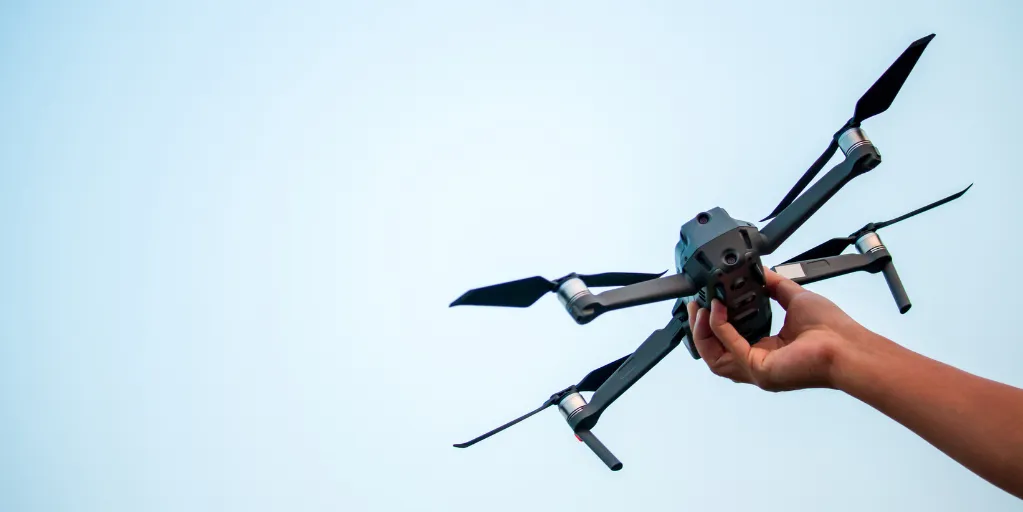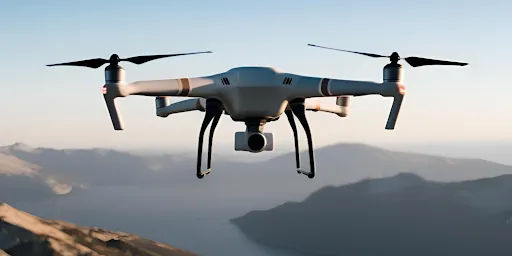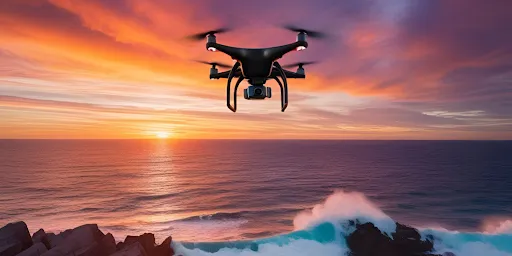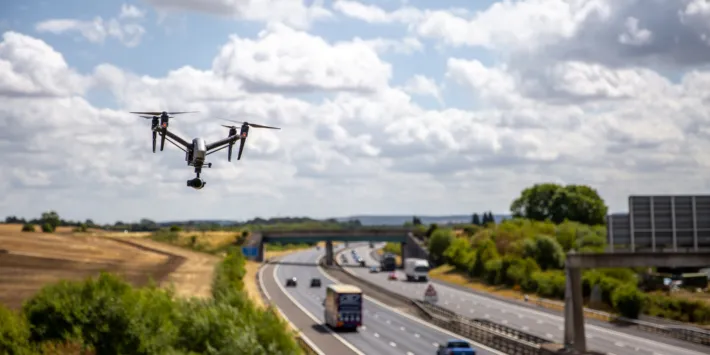How to Get Your Basic or Advanced Drone License in Canada (2025)
Drones are becoming increasingly popular in Canada, whether for recreational use, photography, or commercial applications. To fly legally, you need a drone pilot license, either Basic or Advanced, depending on your needs. Here’s a step-by-step guide to getting certified in 2025.
